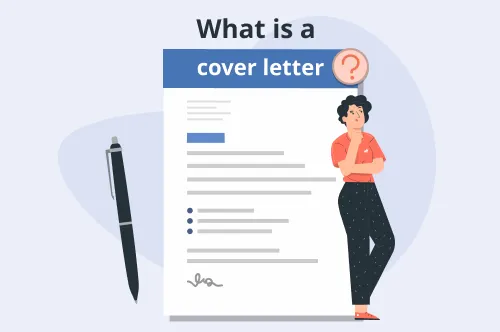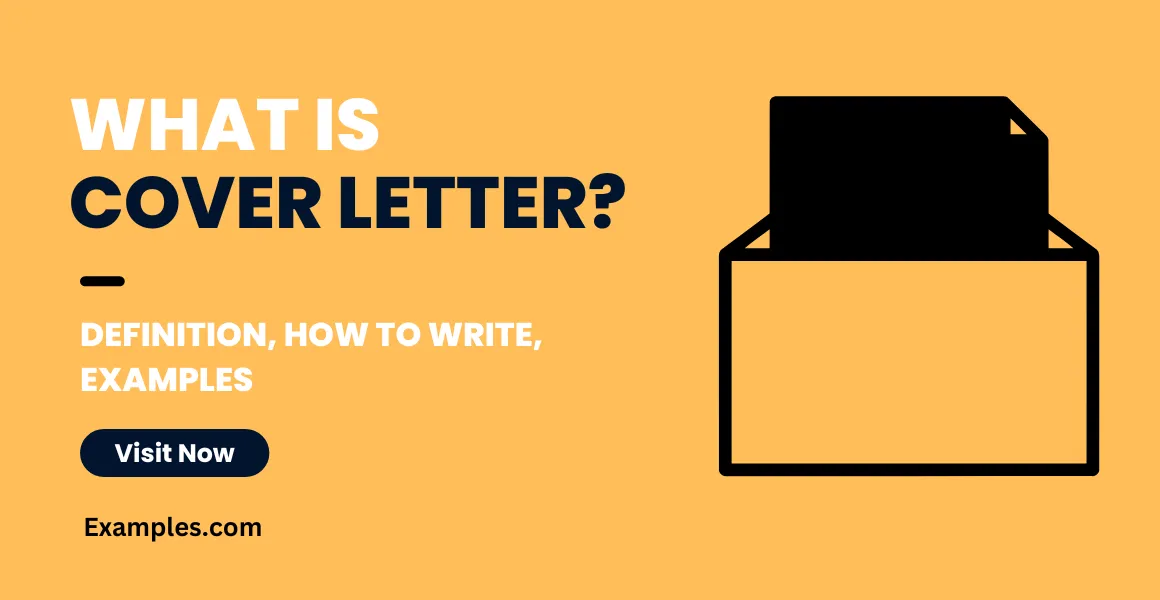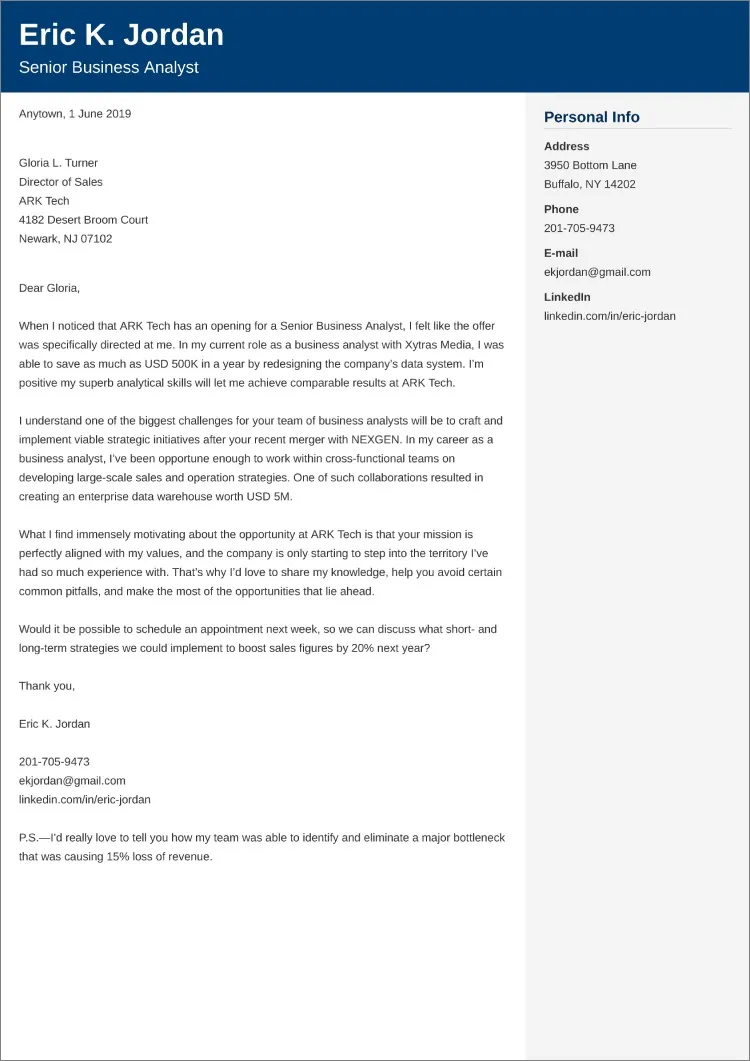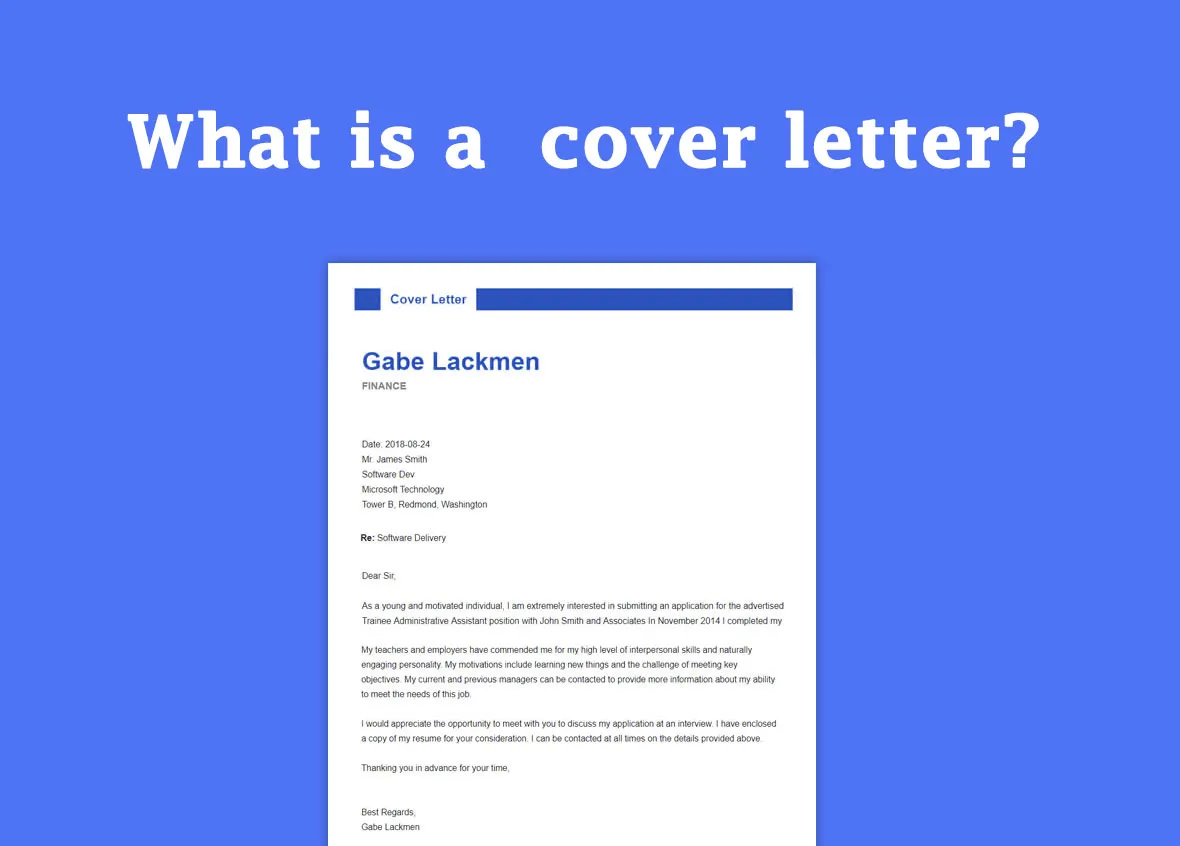What is a Cover Letter
A cover letter is a crucial document that accompanies your resume when applying for a job. It serves as an introduction, providing the hiring manager with a snapshot of your qualifications, skills, and experiences, and it helps you demonstrate your interest in the specific position and the company. Unlike a resume, which is a factual summary of your work history, education, and skills, a cover letter is a narrative that allows you to explain why you’re the perfect fit for the role. It is your opportunity to make a strong first impression and persuade the employer to read your resume and consider you for an interview.
Purpose and Importance of Cover Letters
The purpose of a cover letter is multifaceted. Primarily, it aims to capture the hiring manager’s attention and highlight the most relevant aspects of your candidacy. A well-written cover letter can significantly increase your chances of getting noticed and securing an interview. It enables you to personalize your application, showing that you’ve taken the time to understand the company’s needs and tailor your application accordingly. Moreover, cover letters provide a space to explain gaps in your resume, address any potential concerns, and express your enthusiasm for the position. By articulating your career goals and aspirations, you demonstrate your commitment to the opportunity.
Highlighting Your Skills and Experience

One of the core functions of a cover letter is to showcase your skills and experiences in a way that is relevant to the job requirements. Instead of simply listing your qualifications, use the cover letter to demonstrate how your past experiences have equipped you with the skills necessary to excel in the role. Provide specific examples of how you’ve used those skills to achieve positive outcomes in previous roles. Quantify your achievements whenever possible, using metrics to show the impact you’ve made. This approach allows the hiring manager to see the value you can bring to their company.
Showing Enthusiasm for the Role
A cover letter is an excellent opportunity to express your enthusiasm for the position and the company. Explain why you are interested in the specific role and what excites you about the organization’s mission, values, or culture. Research the company beforehand to demonstrate that you are genuinely interested and not just sending out generic applications. Mentioning specific projects, initiatives, or aspects of the company that resonate with you will show that you have a real interest in contributing to their success. This will make you appear more genuine and increase your chances of landing an interview.
Cover Letter Format
A well-structured cover letter is essential for making a positive impression. The format should be clear, concise, and easy to read. Begin with your contact information, followed by the date and the hiring manager’s name (if available). The body of the letter should be divided into three or four paragraphs, addressing why you’re applying, what you can offer, and your enthusiasm for the opportunity. Keep the tone professional and use a formal font like Times New Roman or Arial in a readable size. Proofread carefully to ensure there are no grammatical errors or typos before submitting your application. Consistency in formatting throughout the document is essential.
Header and Contact Information

The header of your cover letter should include your name, address, phone number, and email address. This information should be clearly displayed at the top of the document, ensuring that the hiring manager can easily contact you. Ensure that your email address is professional and easy to remember. If you have a LinkedIn profile, consider including the link to your profile as well. Following this, include the date, the name of the hiring manager (if known), and the company’s address. Proper formatting in this section demonstrates attention to detail and professionalism.
Greeting the Hiring Manager
The greeting sets the tone for your cover letter, so it’s important to get it right. If you know the hiring manager’s name, use a formal greeting like “Dear Mr./Ms./Mx. [Last Name].” Addressing the hiring manager by name shows that you have taken the time to research the company and tailor your application. If you cannot find the name, it’s acceptable to use a general greeting like “Dear Hiring Manager” or “Dear [Company Name] Hiring Team.” Avoid informal greetings like “Hello” or “Hi” unless the company culture is very casual. Always ensure the greeting is appropriate and respectful.
Body Paragraphs: Key Elements
The body paragraphs are the core of your cover letter, where you make your case for why you are the ideal candidate. Start with a strong opening paragraph that grabs the reader’s attention and states the position you are applying for and how you learned about it. In the subsequent paragraphs, highlight your skills, experience, and accomplishments that align with the job requirements. Use specific examples to demonstrate your capabilities and quantify your achievements whenever possible. Show enthusiasm for the role and the company, and explain why you are a good fit. Keep each paragraph concise and focused, making it easy for the hiring manager to quickly grasp the key points.
Tailoring the Cover Letter to the Job

Customizing your cover letter to each job application is crucial for demonstrating your genuine interest and suitability for the role. Carefully review the job description and identify the key requirements and desired skills. Then, tailor your cover letter to address those specific requirements, highlighting relevant experiences and skills from your background. Use the same keywords and phrases from the job description, but do not simply copy and paste. Instead, integrate those keywords naturally into your narrative, explaining how your skills and experiences align with the company’s needs. This customization will set your application apart from generic, mass-produced cover letters.
Demonstrating Achievements
Rather than simply listing your job responsibilities, use your cover letter to showcase your achievements. Quantify your accomplishments whenever possible, using metrics to demonstrate the impact you have made in previous roles. For example, instead of saying “Managed social media campaigns,” you could say, “Increased social media engagement by 30% in six months, resulting in a 15% rise in leads.” This approach provides concrete evidence of your abilities and makes your application more persuasive. The STAR method (Situation, Task, Action, Result) is a great framework for structuring your examples, providing context and highlighting the positive outcomes.
Call to Action and Closing
Conclude your cover letter with a call to action, inviting the hiring manager to review your resume and contact you for an interview. Reiterate your enthusiasm for the role and express your confidence in your ability to contribute to the company’s success. Thank the hiring manager for their time and consideration. Keep the closing concise and professional, such as “Sincerely,” or “Thank you for your time and consideration.” Sign your cover letter with your full name. If submitting an electronic application, your signature may be digital or omitted.
Common Mistakes to Avoid

Avoiding common mistakes can significantly improve the effectiveness of your cover letter. Poorly written cover letters can lead to your application being rejected. To increase your chances, avoid common errors. Before submitting, take the time to review and make necessary changes.
Generic and Vague Content
One of the most common mistakes is using generic or vague content that could apply to any job. Avoid writing a cover letter that sounds like a template; instead, tailor your letter to each specific job application. Highlight the specific skills and experiences that align with the job requirements and demonstrate your understanding of the company’s needs. Avoid general statements that don’t provide any real information about your qualifications or interest in the role. The more specific you are, the more likely you will make an impression.
Typos and Grammatical Errors
Typos and grammatical errors can immediately undermine your credibility and make you appear unprofessional. Proofread your cover letter multiple times, paying close attention to spelling, grammar, punctuation, and sentence structure. Use spell-check and grammar-check tools, but don’t rely on them entirely. Have a friend or colleague review your letter as a fresh pair of eyes can often catch errors that you might miss. Errors, no matter how small, suggest a lack of attention to detail and may lead to your application being rejected.
Ignoring the Job Description

Failing to address the specific requirements and keywords outlined in the job description is a missed opportunity. The job description is your guide for crafting a cover letter that resonates with the hiring manager. Carefully review the job description and tailor your cover letter to highlight the skills, experiences, and qualifications that align with the requirements. Use the same keywords and phrases from the job description to demonstrate that you are a good fit for the role. Not addressing the job description may convey you are not interested in the specific position.
Tips for Writing a Great Cover Letter
Writing a great cover letter takes time and effort, but the results are worth it. Some quick tips can make the process a lot easier.
Researching the Company
Researching the company is a crucial step in tailoring your cover letter and demonstrating your genuine interest in the position. Visit the company’s website, read news articles, and check their social media profiles to learn about their mission, values, culture, and recent achievements. Mentioning specific projects, initiatives, or aspects of the company that resonate with you will show that you have taken the time to understand their business and are genuinely interested in contributing to their success. This will make you appear more knowledgeable and increase your chances of getting noticed by the hiring manager.
Using Action Verbs

Using strong action verbs can make your cover letter more dynamic and engaging. Action verbs help to convey your accomplishments and skills effectively. When describing your experiences, use verbs like “managed,” “led,” “developed,” “implemented,” “achieved,” “increased,” and “improved.” This approach makes your cover letter more impactful and allows you to demonstrate the value you brought to previous roles. Action verbs help to show that you are proactive and results-oriented. A cover letter full of action verbs is both readable and engaging.
Proofreading and Editing
Always proofread and edit your cover letter multiple times before submitting it. Ensure that there are no typos, grammatical errors, or formatting inconsistencies. Reading your cover letter aloud can help you catch errors that you might miss when reading silently. Consider having a friend, family member, or career advisor review your letter for feedback. Pay attention to sentence structure, clarity, and overall tone. A well-proofread cover letter shows that you pay attention to detail, professionalism, and take your application seriously. The extra effort is always worth it.
Resources and Further Reading
To further enhance your cover letter writing skills, consider exploring additional resources. Online platforms, such as LinkedIn Learning and Coursera, offer courses and tutorials on cover letter writing and resume building. Career websites, such as Indeed and The Muse, provide sample cover letters and articles with helpful tips and advice. Consult with career advisors or resume writers for personalized feedback and guidance. Continuously refining your skills and staying up-to-date with the latest best practices will increase your success.
